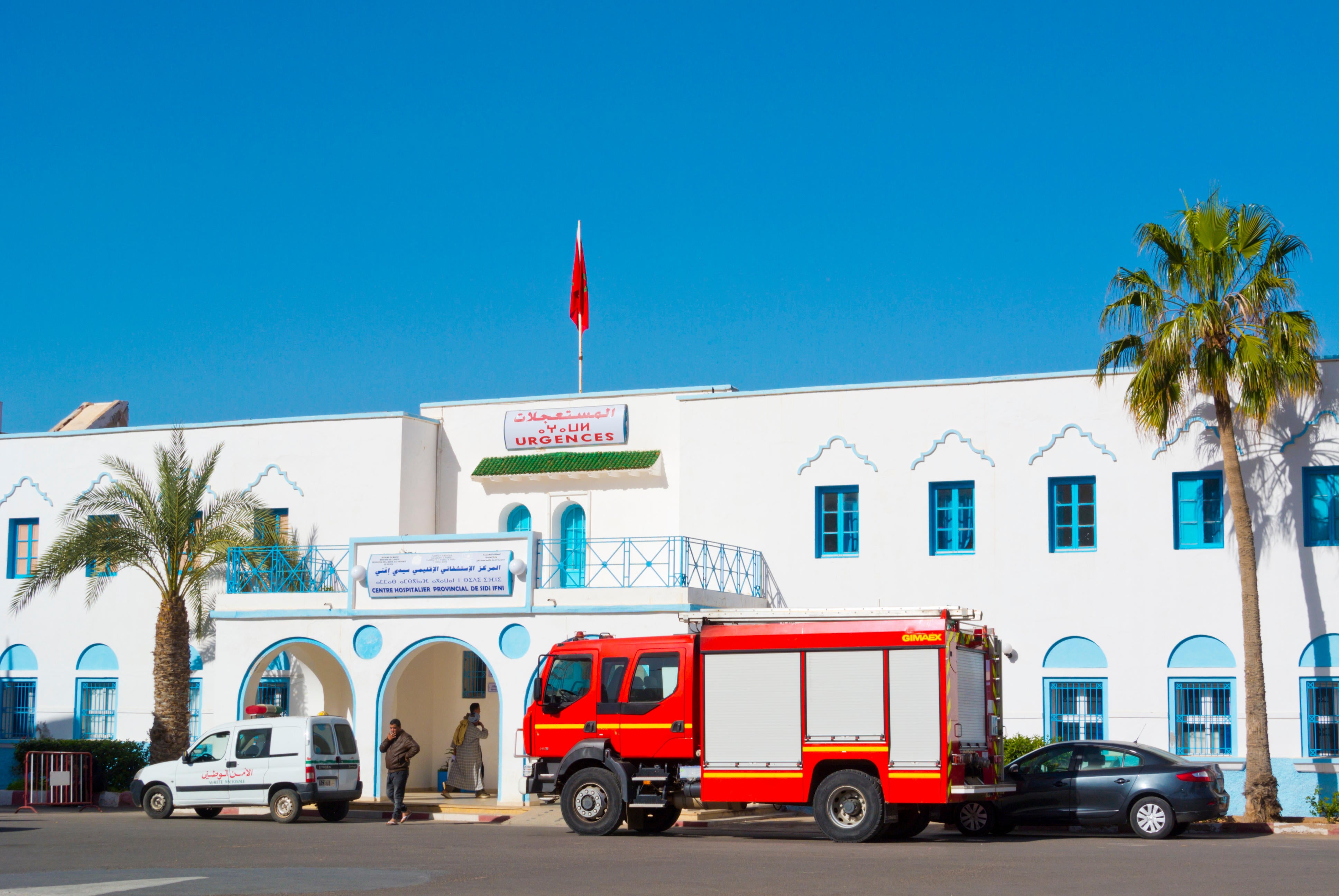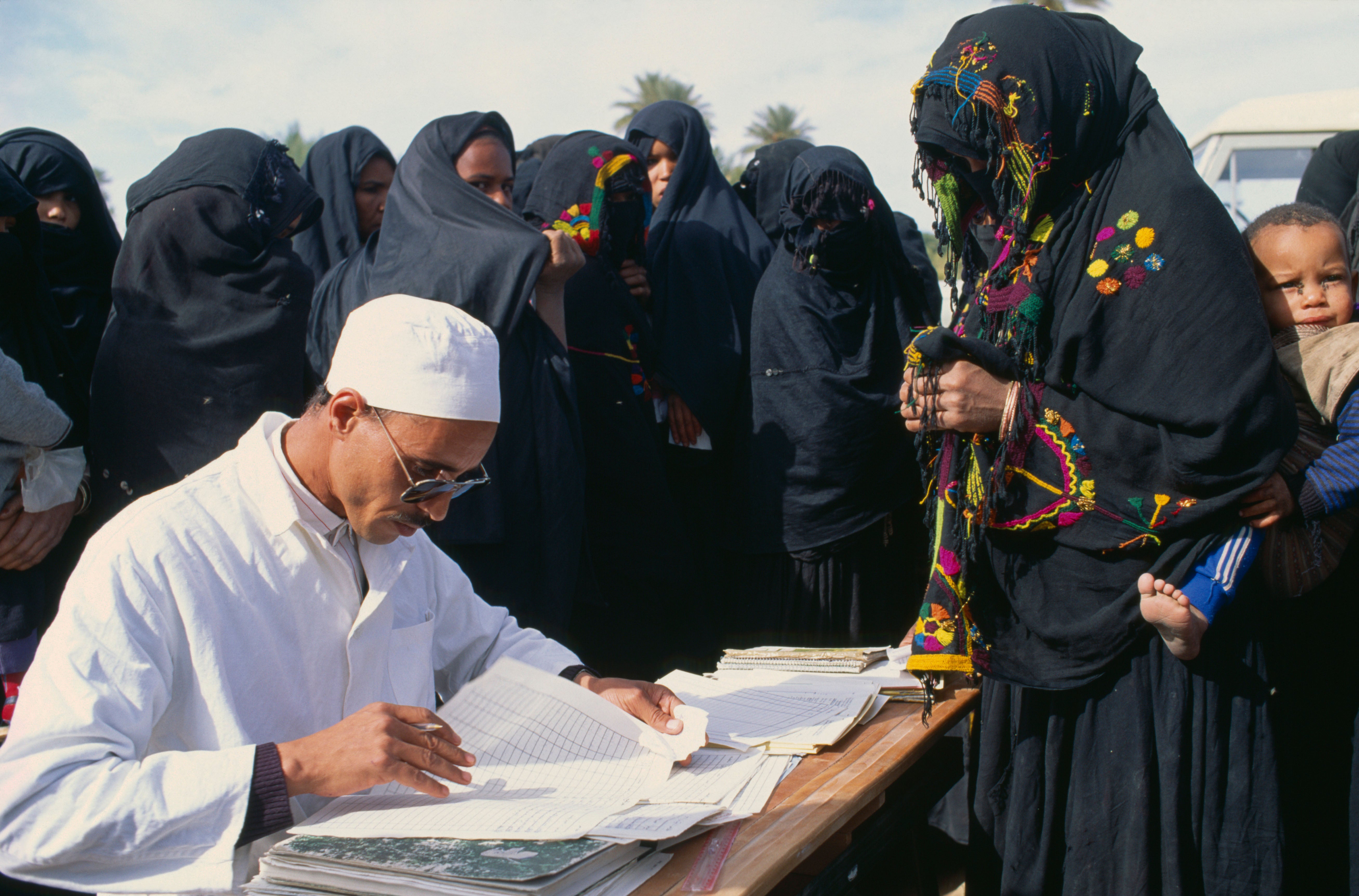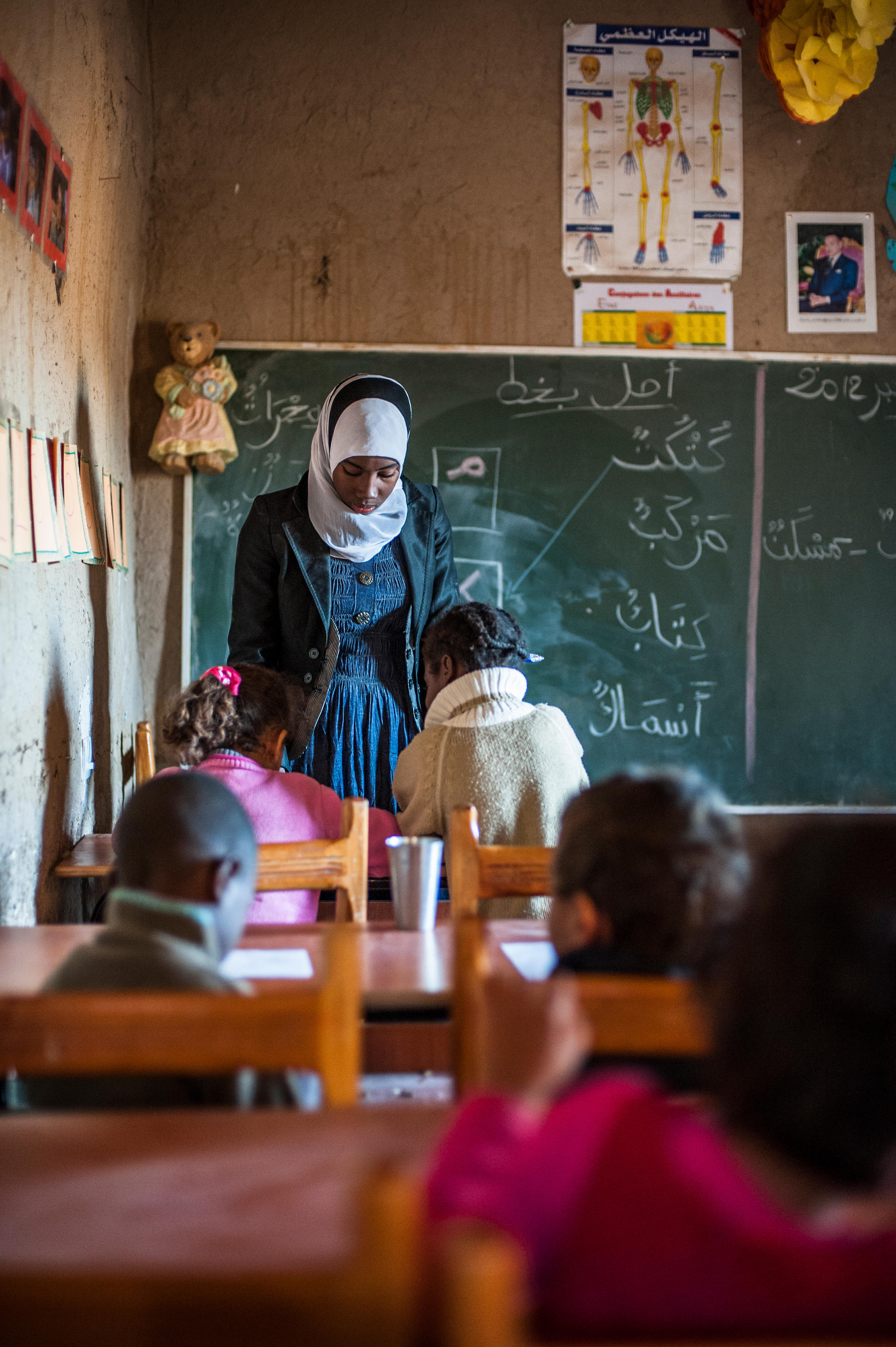Morocco: AN EXEMPLAR IN NEONATAL AND MATERNAL MORTALITY REDUCTION
Morocco has achieved exceptional reductions in maternal and neonatal mortality, by expanding coverage of health services, improving quality, and reaching remote communities.
CONTENTS
Introduction to Morocco
Morocco is a nation of 38 million people located in northwest Africa. Two mountain ranges cut through the country and divide eastern from Atlantic Morocco: the Rif Mountains in the north and the Atlas Mountains across the center. Population density is higher along the coastline, with lower density in the high elevations of inland Morocco. Nearly 65% of the population in 2022 was urban, steadily increasing from 53% in 2000.
Since gaining independence from France in 1956 and becoming a constitutional monarchy, Morocco has modernized its economic, social, and political structures. In the early 2000s, Morocco revised its family code, known as Moudawana, to expand women’s rights, and introduced legislation for basic health care coverage. Morocco also revised its constitution in 2011, which ushered in a new era for the country. Reforms in the new constitution included strengthening the power of the elected parliament, enshrining the right of access to health services, regionalizing administration, and increasing the participation of civil society. In the early 2000s, Morocco’s political stability has acted as a foundation for important economic and institutional reforms, including policies to improve access to health care and accelerate reductions in maternal and neonatal mortality.
Morocco has experienced major demographic and socioeconomic changes since the early 2000s, such as decreasing fertility rates, increasing education rates, and higher life expectancy. Alongside these shifts, Morocco’s gross domestic product per capita grew from US$1,492 in 2000 to US$3,442 in 2022. While this economic progress is substantial, our country selection analysis suggests that Morocco’s improvements in maternal and neonatal mortality rates have outperformed what could be attributable to economic development alone. This narrative will highlight key indicators, interventions, policies, and programs that contributed to rapid and sustained neonatal and maternal mortality reduction in Morocco.
Removed user fees from emergency obstetric and newborn care
Morocco removed user fees for delivery care as part of the 2008–2012 Maternal Mortality Reduction Acceleration Plan.

The landmark 2008 Acceleration Plan removed user fees for obstetric care in public facilities, including delivery and C-section costs for women regardless of socioeconomic status or geography. Subsequent policies removed user fees from treatment of complications during pregnancy and other pregnancy-related services. The Ministry of Health (Ministère de la Santé) in Morocco mobilized substantial financial support for this policy, galvanizing strong political will in the nation toward reducing maternal mortality. After the policy was implemented, institutional delivery in the poorest wealth quintile increased from 38% in 2011 to 68% in 2018.
Improved the quality of care for women and newborns
Morocco instituted quality improvement as a key pillar of the 2008 Acceleration Plan, focusing on facility upgrading and readiness, patient experience, and provider training.
Morocco enabled improvements to the quality of care of maternal and neonatal health services throughout the early 2000s. The 2008 Acceleration Plan included an audit and upgrade of maternity care facilities, spurring a large investment to upgrade physical infrastructure—around a third of the policy’s budget. Patient experience was also prioritized in the 2008 Acceleration Plan, resulting in increased patient privacy at delivery. Through a variety of policies and decrees, concerted efforts were made to increase the availability of essential medicines and equipment as well as improve the skills of health care professionals.

Empowered women through legal changes and access to education
Morocco has improved gender equality and women’s empowerment through a variety of multisectoral policies and programs.

One significant policy change in Morocco was the 2004 revision of the family code, known as Moudawana, which established principles of gender equality, increased the legal age of marriage, and granted women more rights in marriage and divorce. Additional laws in the decades following the revision of the Moudawana elevated and supported women’s rights. Morocco has also made substantial progress in increasing education attendance for girls and women: completion rates of lower secondary education (grades 7–9) for females rose from 29.6% in 2000 to 78% in 2022. Several major education reforms in the last two decades included the improvement of physical infrastructure and a cash transfer program in priority regions to incentivize school attendance.
Contextualizing Morocco’s progress in an integrated mortality transition framework
Morocco moved from phase III in 2000 to phase IV in 2020 on the transition framework, demonstrating exemplary progress in improving maternal and neonatal health outcomes.
Morocco progressed along the transition framework in part because of expansions in physical infrastructure and human resources for health. Now in phase IV, the country has also narrowed many equity gaps in access to maternal and neonatal health care and improved the quality of services. The integrated mortality transition framework represents a powerful tool for contextualizing Morocco’s progress and identifying priorities to continue the trajectory toward further reductions in maternal and newborn morbidity and mortality. Further expanding the reach of its health insurance programs and addressing lingering inequalities may be priorities as Morocco continues forward to phase V in the framework.

Exemplars in Global Health program
The Exemplars in Global Health program aims to learn from countries that have made rapid progress in improving health outcomes and disseminate this evidence to inform health policy and funding decisions. Our aim is to research success stories from low- and middle-income countries and share findings that can be useful for leaders looking to act in comparable contexts.
In selecting Exemplar countries, we review evidence to identify countries that outperformed their peers in vital areas of public health, controlling for factors such as economic growth. In this way, we aim to provide more actionable, policy-relevant insight for stakeholders about how health progress can be made despite resource limitations.
Together with research partners and technical advisers, we conduct quantitative and qualitative analyses to validate our initial assessments and assess factors that contribute to a country’s exemplary performance. Research in and across Exemplar countries could help ministries, nongovernmental organizations, and multinational bodies better deploy finite resources to address key public health issues in low- and middle-income countries.
By studying proven strategies to prevent disease, malnutrition, and other conditions that burden populations of low- and middle-income countries, we aim to create a list of data-driven narratives that can serve as resources for leaders looking to improve health within their own countries. The following narrative focuses on factors that contributed to rapid reductions in neonatal and maternal mortality in the Exemplar country of Morocco.
Morocco: AN EXEMPLAR IN NEONATAL AND MATERNAL MORTALITY REDUCTION

Ask an Expert
Our team and partners are available to answer questions that clarify our research, insights, methodology, and conclusions.
